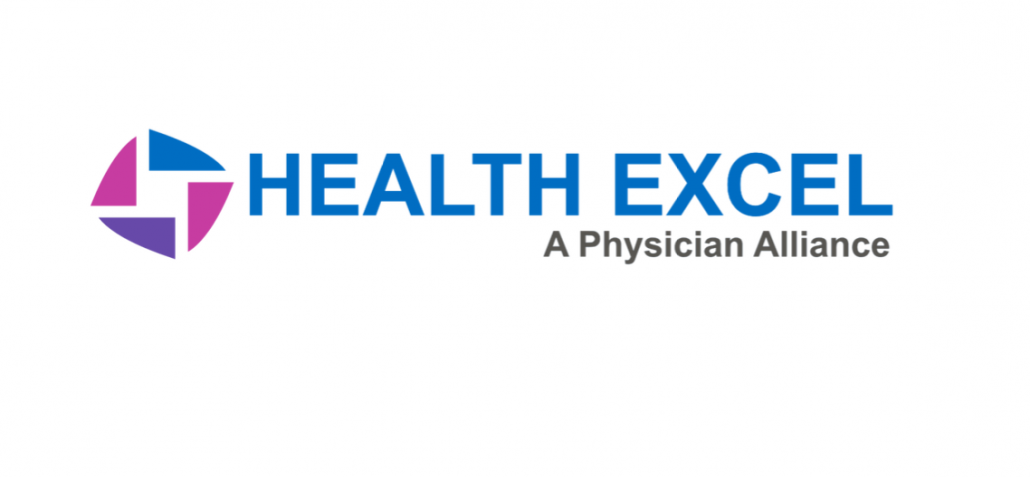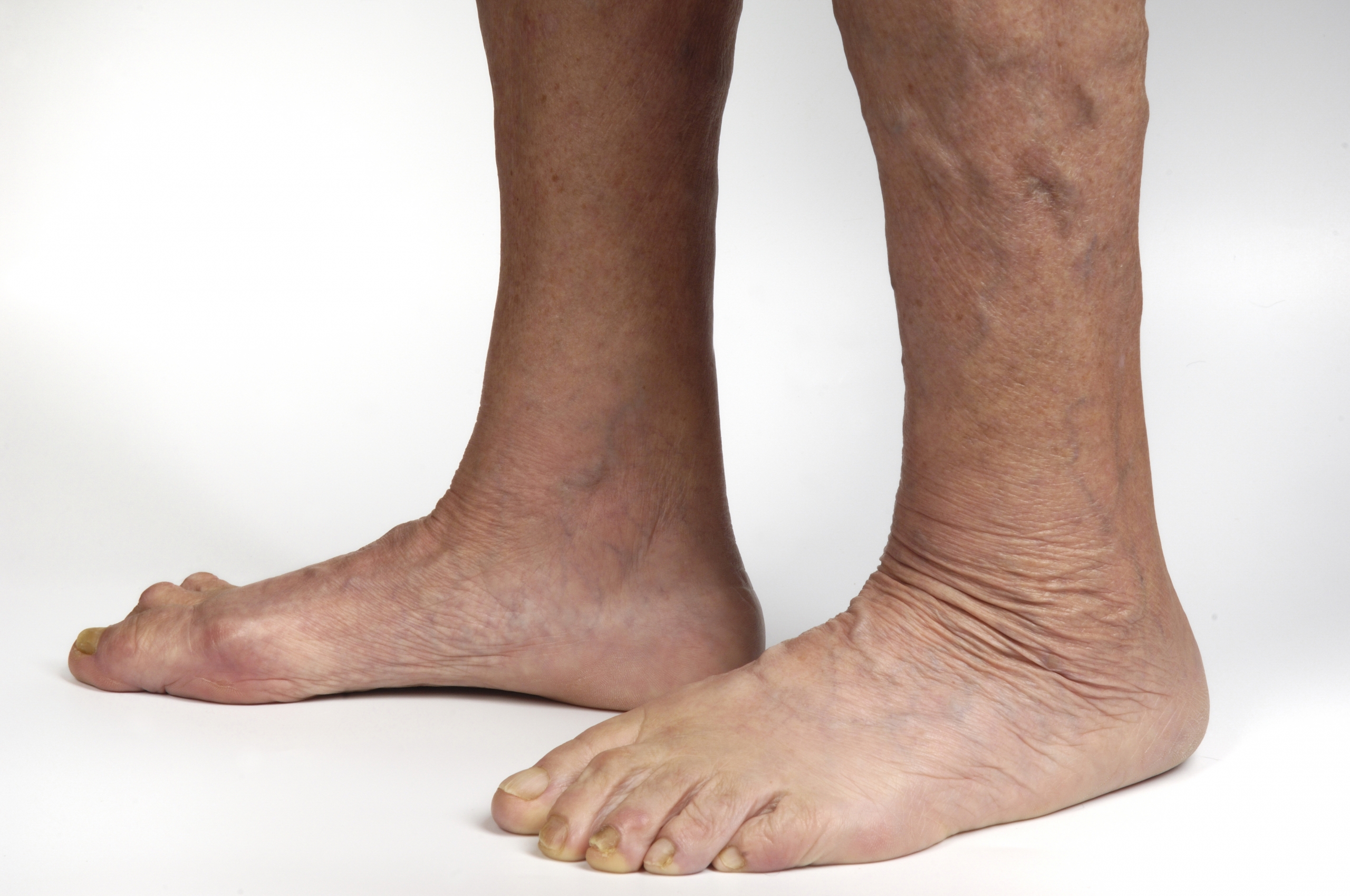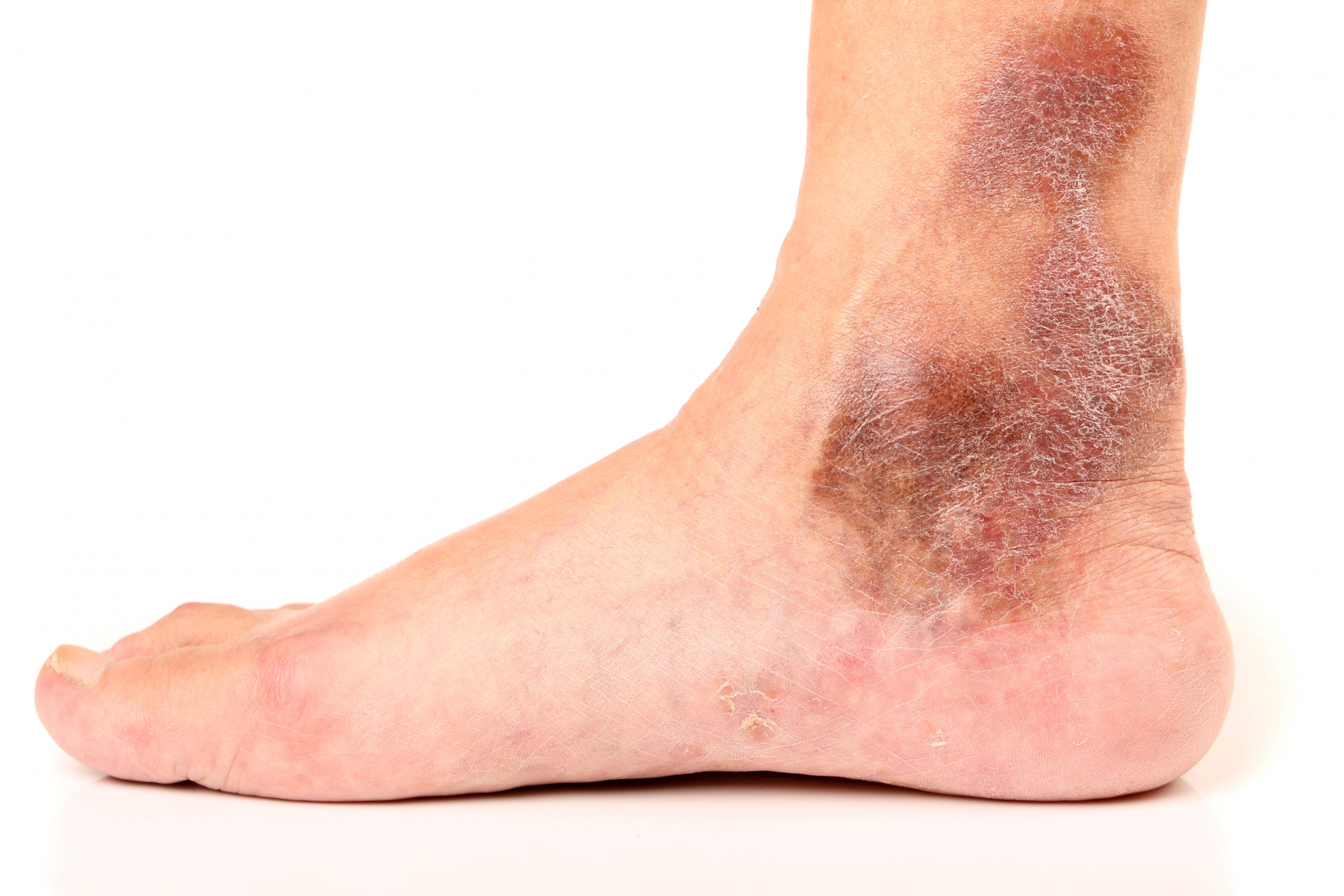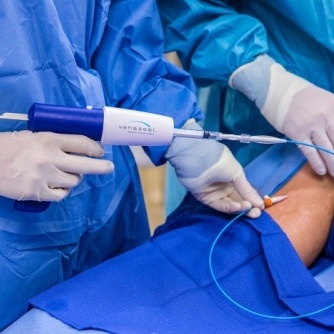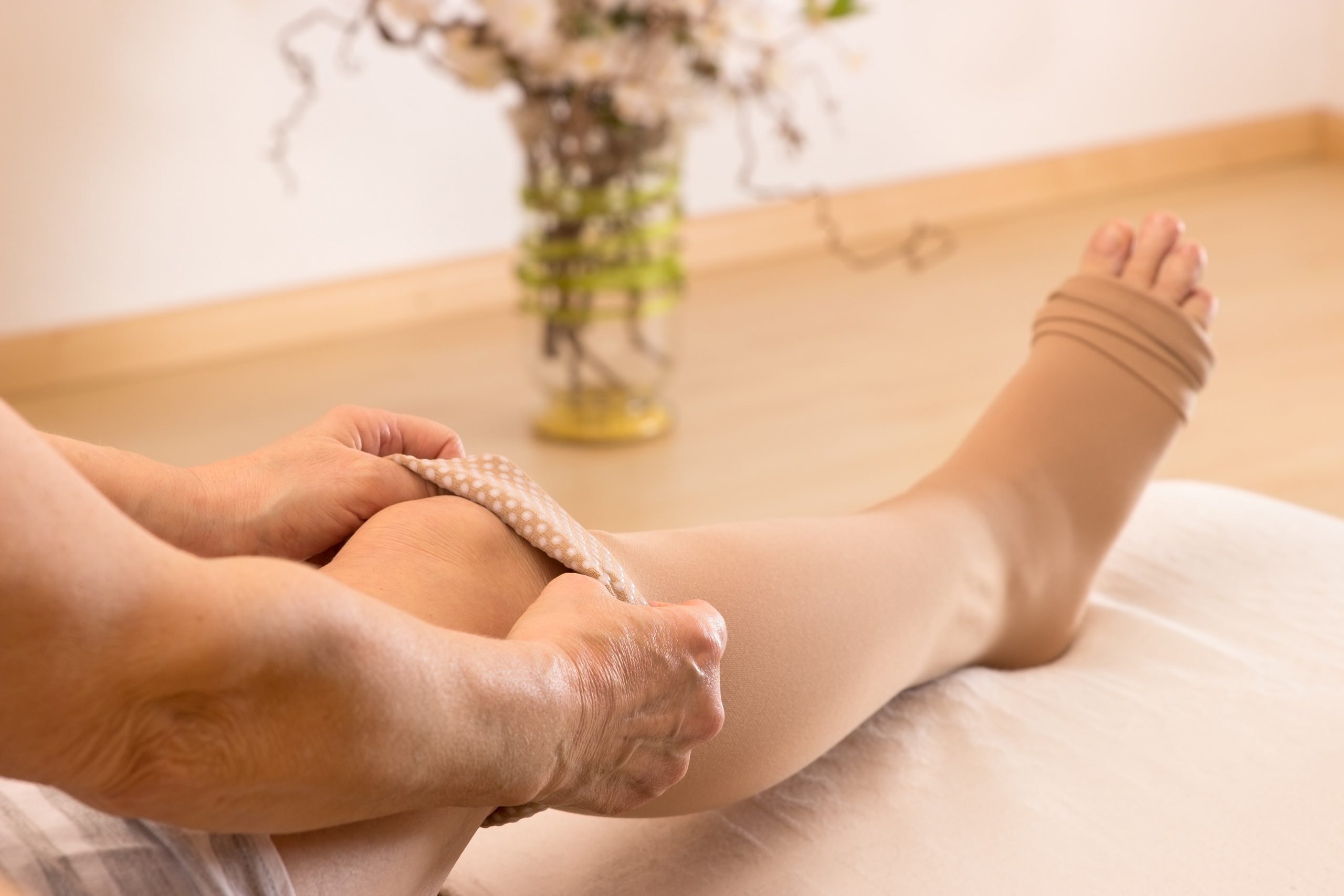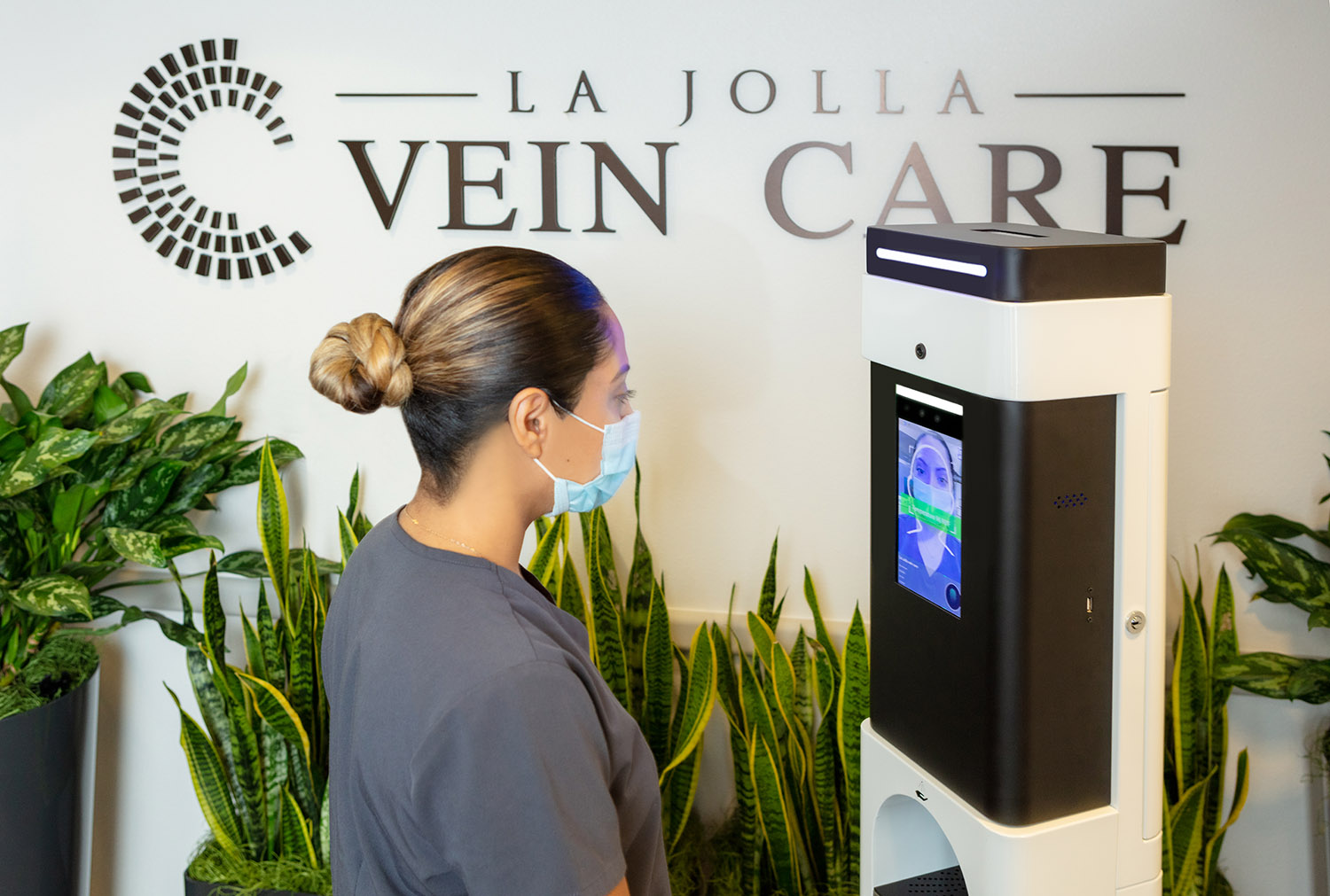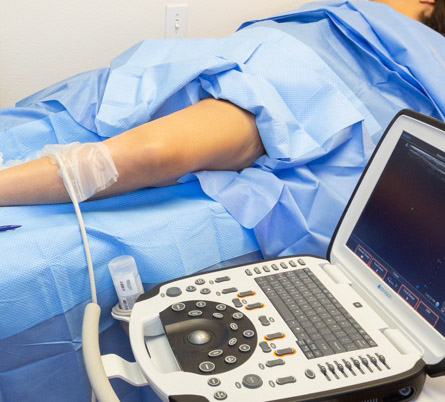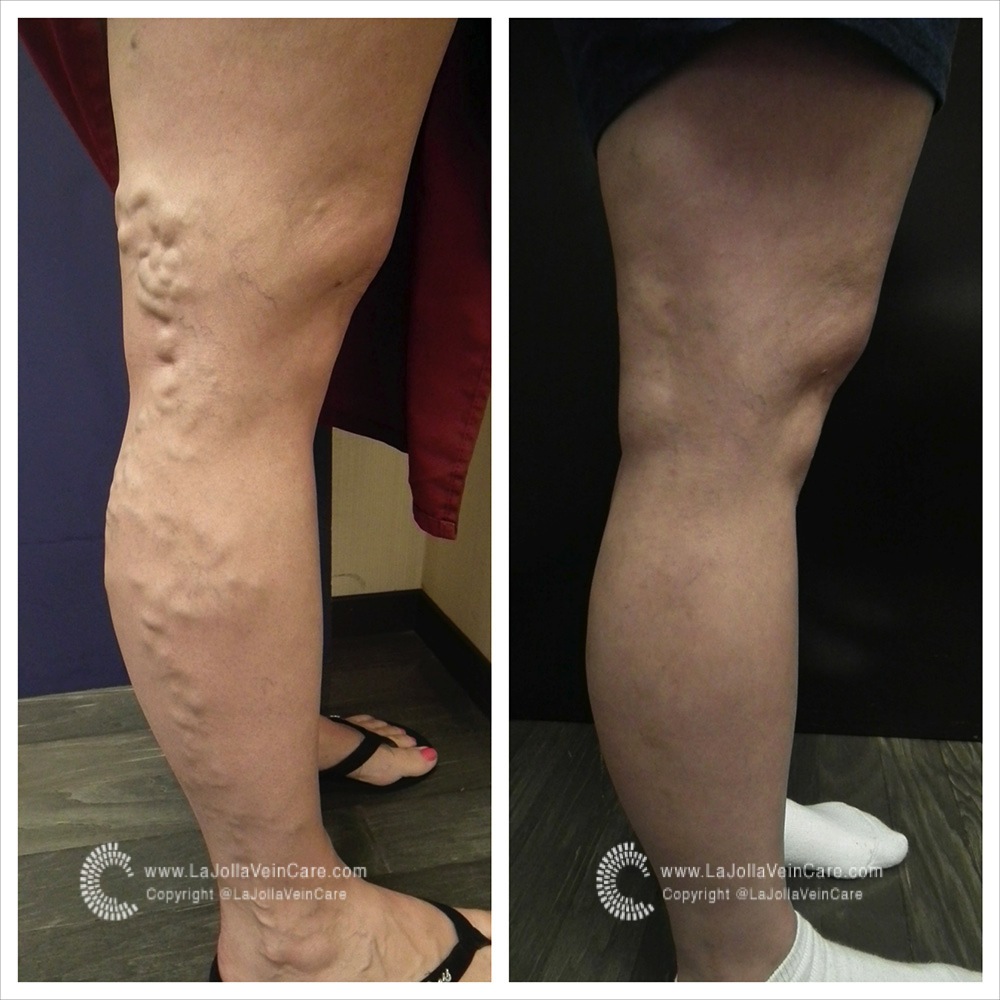La Jolla Vein Care Joins Health Excel IPA
Nisha Bunke2020-09-17T17:41:53-07:00La Jolla Vein Care has joined Health Excel IPA and will be contracted with some new insurances beginning today, July 1st. This is exciting news and means that more people will have access to our vein care services including ultrasound diagnostics, leading edge vein treatments,expert physicians, and concierge-style practice, and customer service. The contracted plans […]

